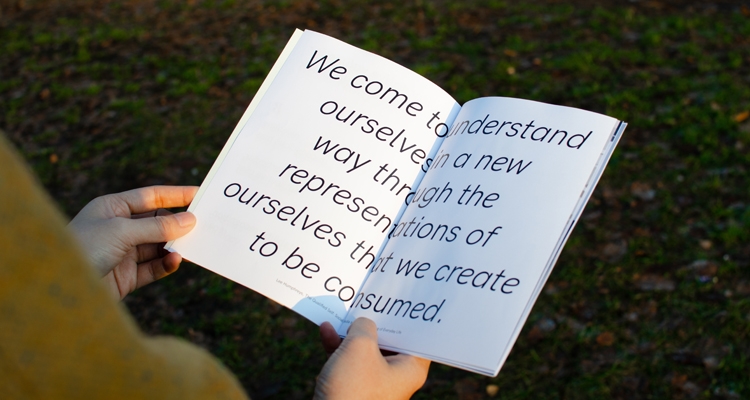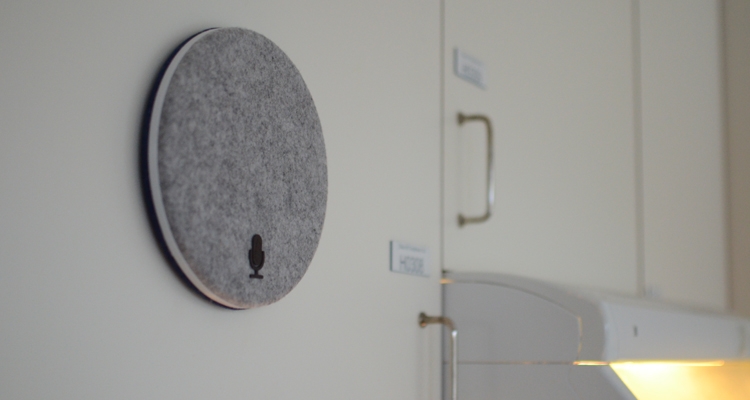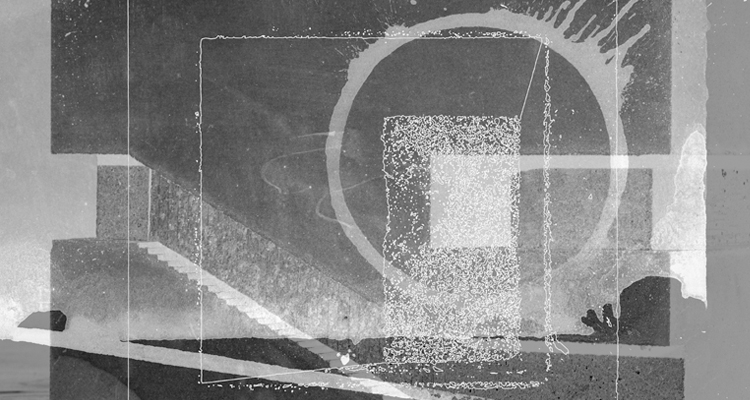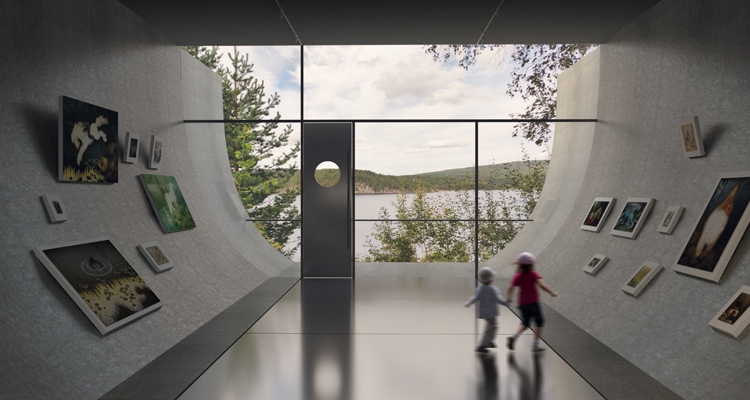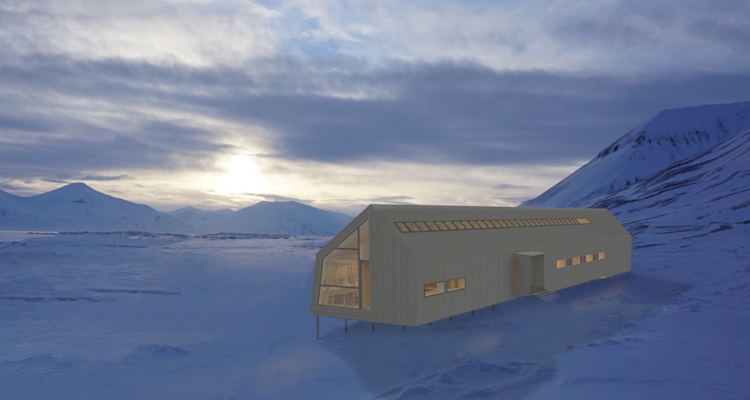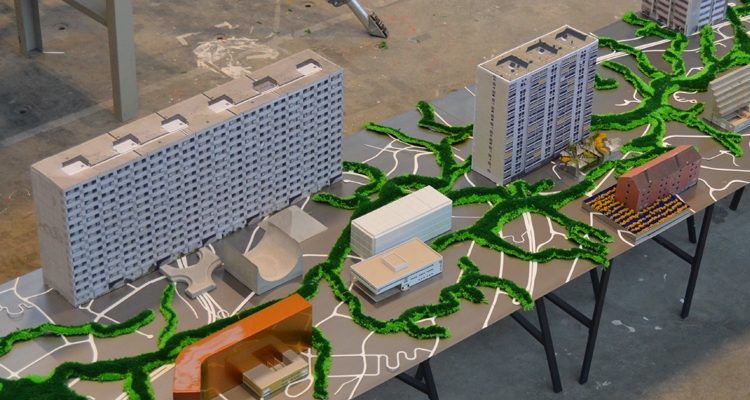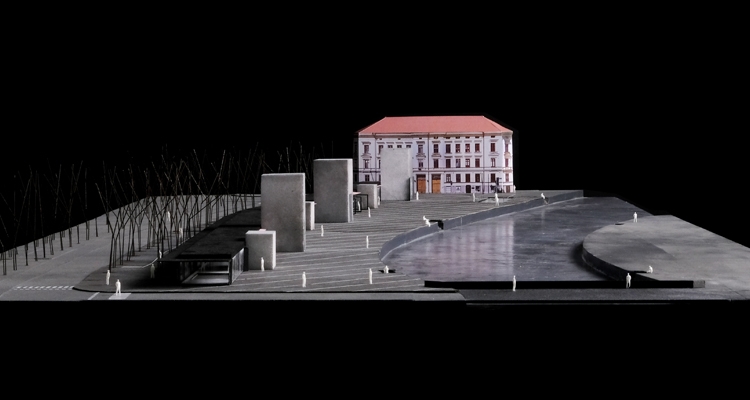We have more ways to see data about ourselves than ever before. Self-tracking products can now tell us how well we’ve slept, how productive we’ve been, how much we’ve exercised and much more.
As self-tracking technology improves, what have we been choosing to measure? What does what we measure say about what we value?
As self-tracking technology improves, what have we been choosing to measure? What does what we measure say about what we value?
